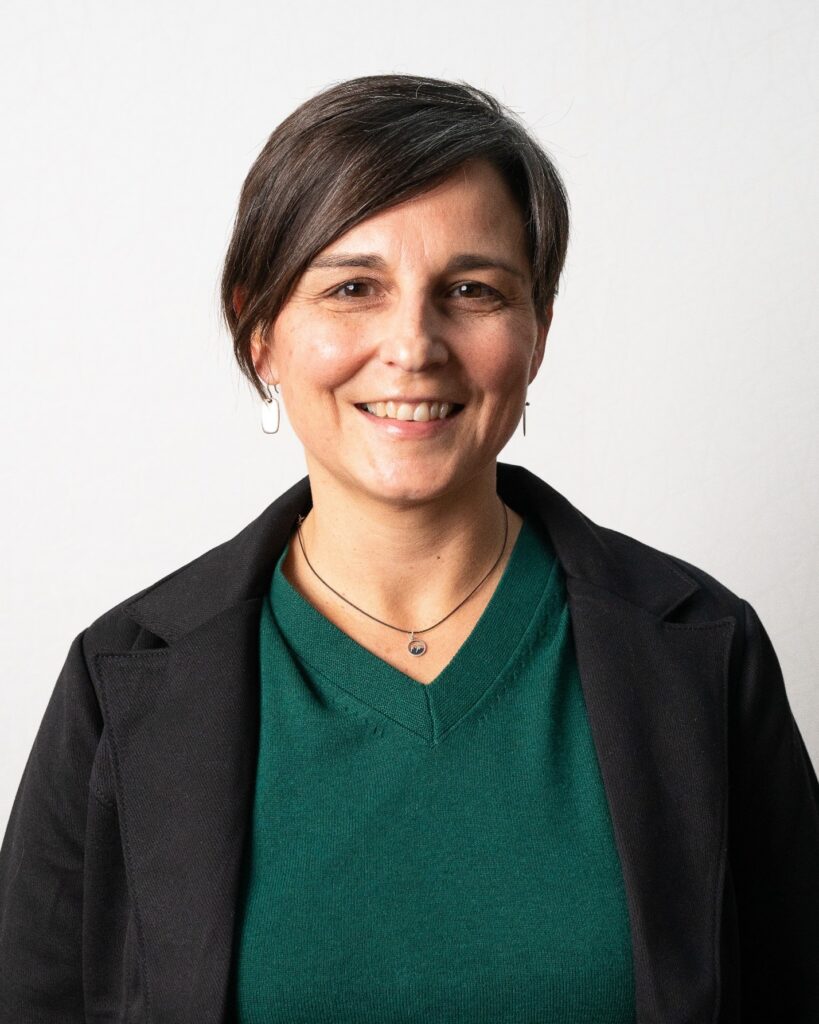Chris Linder, University of Utah – A New Approach to Stopping Sexual Violence
 Stopping sexual violence is imperative.
Stopping sexual violence is imperative.
Chris Linder, associate professor of higher education in the department of leadership and policy at the University of Utah, shares why the focus should shift from avoiding to preventing it.
Chris Linder is the director of the McCluskey Center for Violence Prevention Research & Education at the University of Utah.
A New Approach to Stopping Sexual Violence
Here’s a fact that often surprises people: Rates of sexual violence have not changed on college campuses since 1957. The question I ask is why?
My view is the answer may be, in part, because we, as a society, have focused our efforts on teaching people how to avoid harm rather than how to prevent harm from happening in the first place.
Campuses tend to have a hyper-focus on response, driven by campus policies and state and federal laws.
There also is an ahistorical understanding of oppression and its role in sexual violence, which leads to incomplete and ineffective practices. Today, we see the on-going nature of the relationship between oppression and sexual violence in the fact that perpetrators target bisexual women, trans people, Indigenous women and people with disabilities at even higher rates than their peers.
And, as shown by one of our studies, we know little about perpetration in a campus context—fewer than 10% of research articles published between 2006 and 2016 focused on understanding perpetration.
At the McCluskey Center for Violence Prevention Research & Education, we work to center survivors by interrupting harm before it happens.
For example, we recently launched a campaign called “You Might Be Causing Harm If . . . “ where students designed posters and blog posts to help other students understand harmful behaviors that are often seen as “normal” – such as pressuring peers to send nude photos, ignoring boundaries and using alcohol to loosen a partner up.
We believe that raising awareness of what these seemingly innocent, yet harmful, behaviors look like is a good start and it helps to illustrate that people who cause harm are potentially all of us – not strangers lurking in the bushes.
If we can intervene with people early in the stages of boundary violations, we can change people’s behaviors more broadly – even in the realm of sexual violence.


